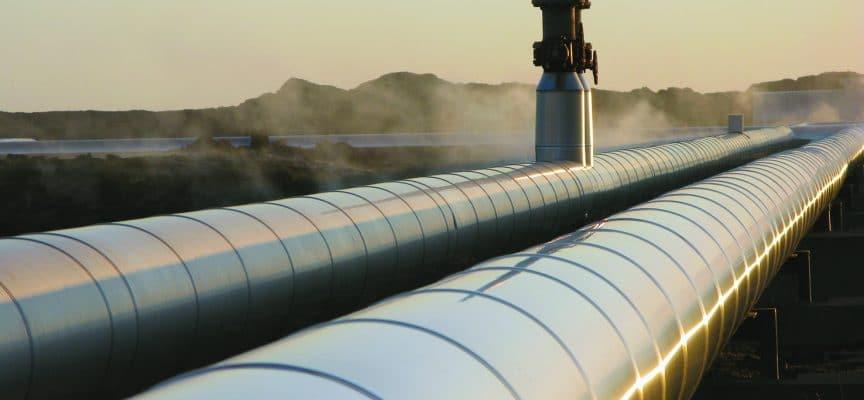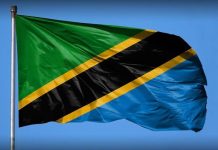Africa-Press – Tanzania. AS Tanzania and Kenya ink gas pipeline deal during the subsequent President Samia Suluhu Hassan two days state visit to Kenya, many might be speculating where all begun and whether the construction of a gas pipeline from Dar es Salaam to Mombasa would bring more prosperity to these two nations and not to further business competition.
In my view, signing a joint communique is just the starting of a long-term project aimed at sharing energy resources, but a key question remains, is the project timely?
Why wished-for project whereabouts and discussion was put on hold for eleven years? For those of you who will recall, a discussion about gas pipeline appeared at the 3rd East African Community Development Strategy 2006-2010.
It was from this strategy, the need for a natural gas pipeline from Dar es Salaam to Tanga and Mombasa was acknowledged and the need to supply natural gas to Kenya for power generation and other industrial uses, both in Mombasa-Kenya and Tanga- Tanzania and along the route emerged.
Much as I am not differing the construction of the pipeline to Kenya, I am of the view on few things that need thoughtful consideration on our part as key performers and resource-rich region.
The accomplishment of the gas pipeline and economic benefits thereafter in my opinion hinges on unfinished business still on the table. A monetary union expected to have been operational by 2012 is still unfinished business.
Likewise, a free trade zone, purportedly to have been fully operational by 2015 continues to be affected by what has led to recently boarder controversial that President Kenyatta in his speech at investor’s discussion, presided by President Samia Suluhu, gave two weeks challenge for Ministers answerable to work on issues linked covid-19 tests and track flow logistics ended.
It is well known that the Treaty for the Establishment of the EAC was signed in Arusha on 30th November 1999 and was inaugurated in January 2001.
In 2005 a customs union was established, and in November 2009 the member states signed a common market protocol to create a larger market and more attractive single investment area to provide the opportunity to the region to be more competitive and more open to effective participation in the global economy.
To what extent has issues contained in the customs union accomplished? To what extent duty-free regional trade has been achieved including identical tax applied to imports from outside the union.
Much as the Tanzanian government will receive a considerable income in royalties and other benefits over the lifetime of the gas pipe project, would it be economically and costly possible to add value to the gas instead of transporting gas as raw material? Is Tanzania not exporting its jobs opportunity instead of creating opportunity in Tanzania?
While I am open to criticism, I am of the view, with its strategic location and well-established business infrastructure projected as an industrial city Tanga could be curved into a major trading centre and busiest commercial seaport linked to cement factories, related industries, textile and engineering to attract a labour force from the entire nation instead of carrying across jobs.
Much as analysis may indicate that an expansion of the gas pipeline system to reach Mombasa-Kenya via Tanga may be an economically feasible project both financially and economically even with what I can term as a middle-of-the-road low growth demand, as Tanzanians we need to think of the future generation and competitiveness that would place Tanzania in world map.







